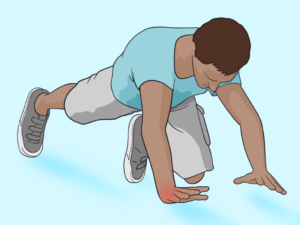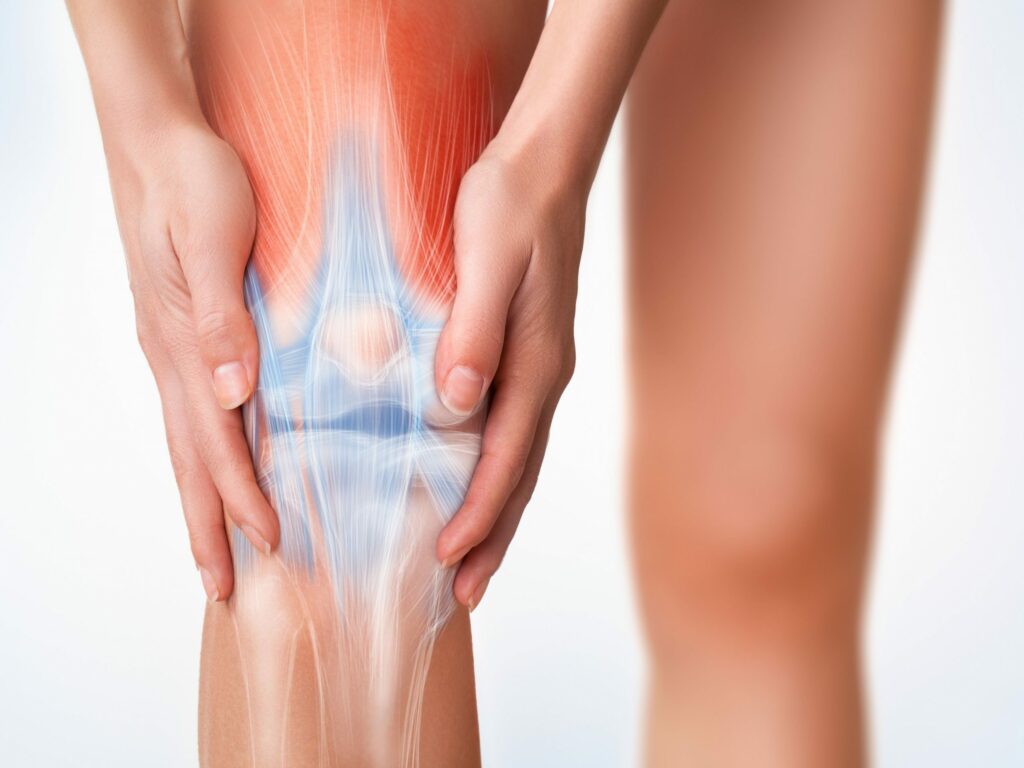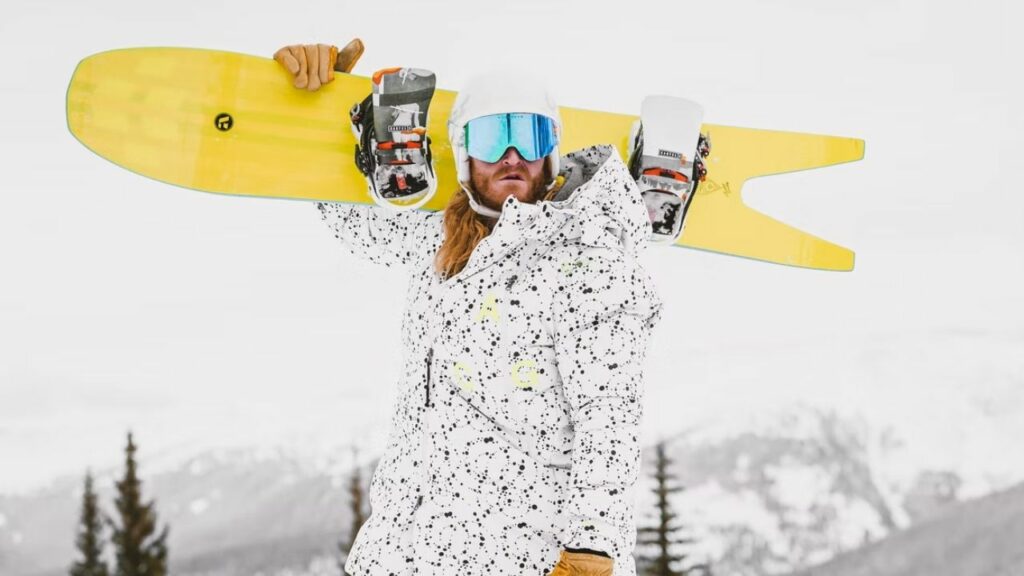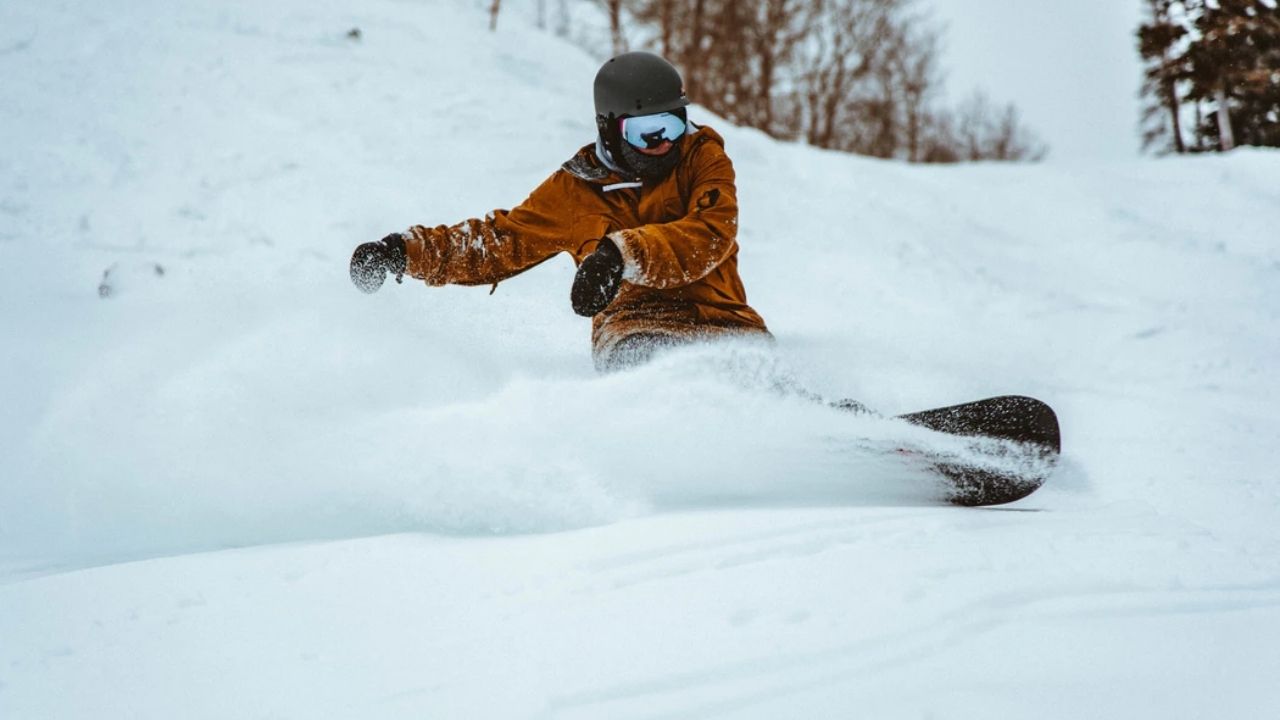One misconception beginners have about snowboarding is that it’s essentially risk-free because falling on the snow wouldn’t hurt. And I can’t stress just how naive that thought is. Because, of course, it doesn’t hurt – at least not at the speed you’re practicing.
Once you become slightly proficient at snowboarding, the difficulty level of “new tricks” significantly increases before you hit a plateau, and so does the speed. A fall, at that level, can cause unbearable pain and result in a minor if not a significant injury.
It’s pertinent that you learn the fundamentals correctly and stay in control as much as possible because even a single fall at the wrong angle can cause season-ending or life-altering injuries.
Now, don’t think that snowboarding is super dangerous and you should just quit it. I’ll tell you about the most common injuries in snowboarding and how you can learn to prevent them.
How often do snowboarders get injured?
It’s pretty easy to just look at seemingly arbitrary numbers and draw conclusions. You’d be scared if I told you that, according to a study, snowboarding is responsible for roughly 25% of non-fatal outdoor injuries that require emergency care.
Another research study spanning Europe and North America reported that the risk of injuries among snowboarders is only 2 to 4 injuries per 1000 participants. Only 0.06 to 0.07 of those 1000 people require care in trauma centers.
It’s wise not to look for a percentage or frequency of snowboarders getting injured. You should instead focus on preventing yourself from getting injured. A lot of these injuries are a result of not wearing safety equipment.
An online paper reported by the University of Rochester’s Medical Center reported that just wearing protective gear decreases the rate of head, neck, and face injuries by a whopping 43%.
What are the most common injuries in snowboarding?
Knee and other ACL injuries are the most common in snowboarding. They’re followed by shoulder, clavicle, head, face, and lower back injuries, respectively, in terms of frequency among snowboarders, especially beginners.
Here is a complete breakdown taken from a May 2016 report by the International Ski Federation (FIS) that analyzed snowboarding injuries from 2006 and 2016.
| Body Parts | Number of Injuries |
| Knee | 176 |
| Shoulder, clavicle | 140 |
| Head/face | 124 |
| Lower back, pelvis, sacrum | 111 |
| Ankle | 98 |
| Hand, finger, thumb | 57 |
| Foot, heel, toe | 53 |
| Chest (sternum, ribs, upper back) | 46 |
| Wrist | 45 |
| Hip, groin | 34 |
| Lower leg, Achilles tendon | 25 |
| Elbow | 24 |
| Thigh | 13 |
| Forearm | 12 |
| Neck, cervical spine | 11 |
| Upper arm | 10 |
| Abdomen | 7 |
1. Head Injuries

Let’s start from the topmost and most crucial part of the body – your head. While the chances of head injuries have decreased due to advancements in protective equipment, they aren’t non-existent just yet.
You can sustain permanent brain damage even if your head doesn’t directly take the impact from a fall or collision. Head injuries can also be fatal, especially when snowboarding on rocky terrain at high speed.
Prevention: Most, if not all, head injuries can be prevented by wearing a good-quality certified helmet and snowboarding at controllable speeds.
Treatment: You should seek a physical almost immediately for severe head injuries. Don’t hesitate to consult a physical therapist even for mild injuries because your brain is such a sensitive body part, and an untreated concussion can cause future problems.
2. Wrist & Arm Injuries
Wrist injuries are the most common among minor snowboarding injuries, just like leg injuries are for skiing. This is because snowboarders use their arms and wrists to hold the board for maneuvering and maintaining balance.

It’s far too familiar for powder noobs to get scared and stretch their hands while falling and end up with a torn ligament and wrist sprain. Or, in the worst case, a fractured or a broken wrist.
Prevention: Modern snowboarding equipment comes with wrist guards that have proven effective in preventing wrist sprains and fractures.
Treatment: WIth proper care, it can take 6-8 weeks of rest and medicine to heal a broken wrist.
3. Spinal Injuries
Intermediate-level snowboarders account for the most spinal injuries. Spinal injuries in snowboarding are usually caused while attempting jumps and failure in mid-air maneuvering. A small portion of these injuries is also due to falling at the wrong angle.
Thankfully, a full-fledged spinal cord injury is rare among snowboarders. The thoracolumbar spine seems to be the most common region for spinal injuries. According to an older study, snowboarders get vertebral fractures more often than others, with 0.8% to 3% of them being fatal.
Prevention: Most, if not all, spinal injuries can be prevented by practicing jumps and honing your skills in a controlled environment off the mountain. Learn the proper techniques before trying anything.
Treatment: Professional treatment is needed.
4. Knee Injuries or Anterior Cruciate Ligament (ACL) Injuries
Knee injuries, or Anterior Cruciate Ligament tears, aren’t common in snowboarding. Still, even a mild ACL tear can be season-ending.

Anterior Cruciate Ligament is what connects your thigh bone (femur) to the shinbone, so any major injury to this part can be excruciating. You can walk after sustaining an ACL tear but with moderate to severe pain, and it’ll be harder for you to pivot without the pain getting increased.
Falling from a height and twisting the ligament is the most common reason for ACL tears. This happens to pro snowboarders, given the complexity of advanced snowboarding tricks. Beginners and intermediate snowboarders rarely ever sustain a knee injury.
Prevention: Warm up properly before the activity, and don’t try anything unreasonably above your skill level without the presence of safety equipment. Wear knee braces and other supportive gear.
Treatment: Surgery is almost always required for ACL tears. You can get back to normal by using a knee brace and lots of physical therapy in most cases.
5. Ankle Injuries
Ankle injuries can happen for various reasons, but they’re the easiest to prevent. They’re often caused by exhausting the ligaments, falling / landing at the wrong angle, or wearing incorrect boots and bindings. Basically, anything that can cause a sudden burst of pressure incorrectly on the joints.
Prevention: Apart from learning the correct jumping and falling techniques, wear hard boots and ankle support. Also, make sure your bindings are of the correct size.
Treatment: Perform first-aid by compressing the area immediately to prevent or reduce heavy swelling. The next step is to seek professional help.
Wear ankle support and do physiotherapy (or ankle exercises) to recover faster.
Tips on Preventing Snowboarding Injuries

By now, you have a good idea about body part-specific injuries and why they happen. Take a look at some general instructions that help prevent most injuries, if not all.
1. Learn how to fall the right way. While a few falls are inevitable in extreme sports, you can learn to fall in the correct position to avoid significant injuries.
2. Don’t forget to warm up before a snowboarding session or stretch (warm down) after one.
3. Take breaks in between and stay hydrated.
4. Go biking or try other similar exercises like swimming to build stamina and cardiovascular endurance.
5. Prepare your body by strengthening the parts necessary for snowboarding. Exercise your arms, knees, hamstrings, core, and glutes regularly to strengthen them.
6. Don’t try to do too much in a short time and gradually build your skills up. Go boarding in a setup you’re comfortable in to solidify your fundamentals.
7. Yes, snowboarding is a cathartic and fun sport, but it shouldn’t be taken lightly. Don’t try snowboarding when you’re tired, and rest your body before going on the powder.
8. Wear appropriate clothing and protective equipment before boarding on the powder. Make sure your gear is checked for faults by a pro shop every once in a while.
9. Don’t go off-tracks into uncharted territory and adhere to the warning signs.
10. Finally, make sure you follow the National Ski Areas Association’s Responsibility Code at all times.
Which is more dangerous, snowboarding or skiing?
Snowboarding and skiing are arguably equal in danger and risk because it’s subjective. You’re more likely to get injured while snowboarding, but the injury itself is less likely to be a fatal one. Skiers have a higher rate of death.
Although both sports have made significant progress since their actual dangerous times. Authorities have reported a 50% decrease in brain trauma or other head injuries since 1990 after helmets were made mandatory. Thanks to increased protective gear usage, leg injuries have also become seemingly non-existent in skiing.
Point is, both sports are super dangerous if you don’t wear protective gear and try stunts at speeds far above your skill level at any point in time.

